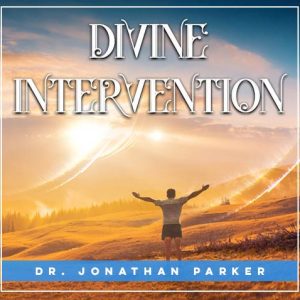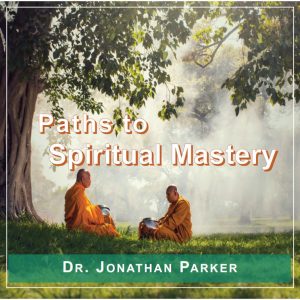
By Cindy Archer –
The idea of exploring the spiritual realm offers much to any seeker. The question is how to do that? By looking at several approaches, we can gain a great deal in terms of improving our focus to discover what the universe offers as a means of sustaining spiritual growth. In this article I’ll discuss three major approaches to understanding this topic.
1. A Christian Approach
In the West, Christianity places emphasis on concepts of personal morality as determining factors to insure alignment with the highest of spiritual qualities. The nature of our spiritual well being is reflected by our choosing daily whether to align ourselves with good or evil through our actions. Many examine the lives of saints and luminaries for clues as to how to define a spiritual life and discover the proper path to follow.
Where Do We Go?
The final determination of one’s spiritual quest is seen to be resolved with a judgment after death. In order to insure a righteous outcome some traditions require a lifetime of confession and repentance as a means to true spiritual progress, whereas others focus more on being “born again,” in which the believer surrenders totally to the concept and presence of Christ the redeemer. In both groups, rejecting worldly aspirations for spiritual merit is central.
What occurs at the end of life is largely unclear. We read that there are “many mansions” being prepared in Heaven for the faithful, and we are assured that we will return to the goodness of our soul’s eternal nature.
There are esoteric hierarchies, particularly within the ranks of angels and saints whose domains often intersect. The same articulation is said to exist in Hell, supported further by literature of the Renaissance, where degrees of sin are compared and contrasted in a sort of warning to those who persist in spiritual error.
2. An Eastern (Buddhist) View
Looking beyond the Western model we find some differences. Meditation and prayer are key in this endeavor. The Buddhist system, for instance, conversely assumes that positive spiritual evolution is ultimately inevitable for all even if it takes many lifetimes. Taking its inspiration from the life of the Buddha, this model concerns itself with the Ten Realms or States of Being. Each demonstrates a new focus for awareness, to be thought of as a function of increasingly selfless engagement with larger realities.
In the First Realm, we are in Hell, where there is no thought, and where a generalized claustrophobic rage determines every experience. From there, we move through Hunger, Animality, and Arrogance, gaining small increments of wisdom from the direct experience of our growing ability to think. We are still quite stuck in the ego, however, and so more work is necessary to remove ourselves from the traps of illusion.
From Arrogance, we move into Humanity (Passionate Idealism), in which the mind has grown enough to question the nature of the universe. The Sixth Level, or Heaven, is marked by glimpses of perfect awareness. It is meant to make us want more, to search outside of ourselves, and this leads us to the Four Higher Realms.
Buddhism comes into its full flower here, in Learning and Absorption, where we begin to shrug off the relentless force of karma in favor of shifting our focus away from self. We study the work of others, and we permit those quiet moments where direct wisdom can flood us with higher awareness. And in the next Realm, we are given the opportunity to begin the holy work, or dharma, linking our personal evolution to raising others up. This is the Boddhisattva Realm, and the Dalai Lama is a good example of such selfless behavior.
At the very top is the Buddha, and Nirvana. Total awareness and engagement are featured here, as all things are known and understood.
Some sects see the process as subject only to reincarnation, and thus out of our human hands. Others approach the model as malleable to personal choices, regarding the path of selflessness as vehicle. But, in the end, Buddhism clearly asserts that Ultimate Truth is available to all.
3. A “New” Age of Approach
New Age thinking, on the other hand, is just eclectic enough to provide a way out of historical structures. In this view the process is seen as a science of raising one’s frequency level with a goal of ultimate ascension. All is a factor of personal vibration, and raising it through meditation and positive act permits us to see into the nature of All That Is. Higher vibration thus leads into a truer, less polarized sense of divine presence within all things and beings.
Some approaches such as Reiki, to take another example, takes religion out of the picture altogether. Chi, or the force streaming from our hands, is the medium of divine intelligence. Direct experience of it permits more wisdom, simply put, and our enlightenment is a direct result of these encounters. The chi disciplines, suffused with meditation, parallel the esoteric versions of Islam, Judaism, Christianity, and Mahayana Buddhism, where direct confrontation with higher reality changes us forever.
So, whether it’s a matter of study, striving, or vibration, a higher level of engagement with the spiritual realm is possible.


